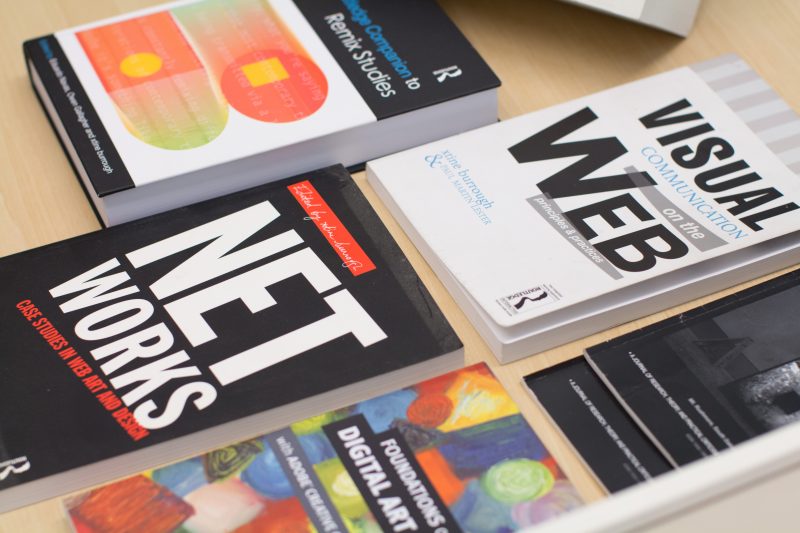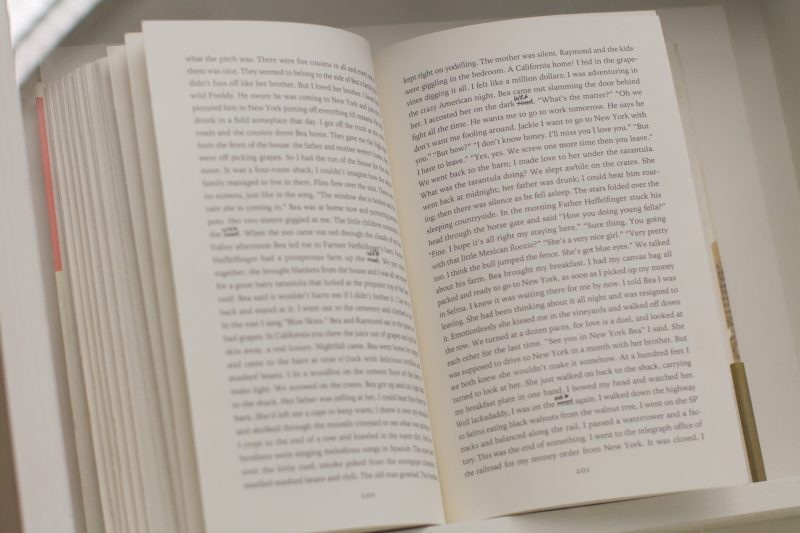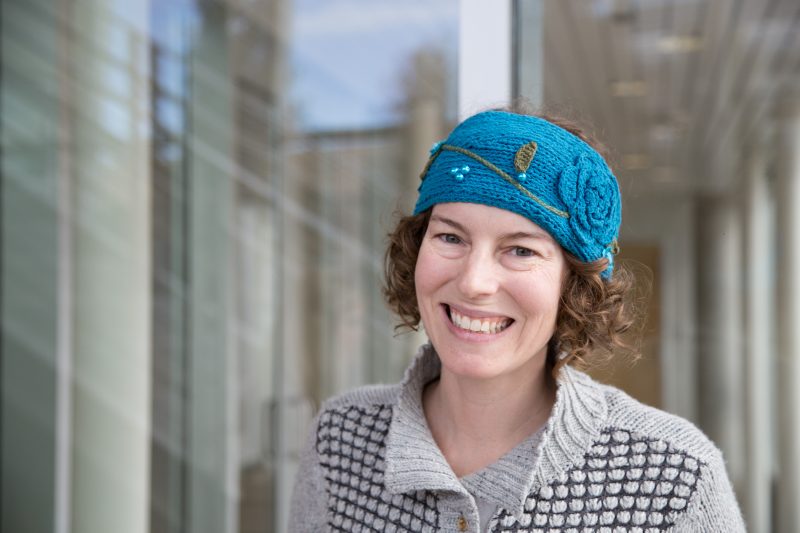For centuries, artists have utilized varying resources to create, educate, and inspire. Developments in technology have enabled concepts in artistry to evolve from basic photographic innovations into developments branching into hyper-connected web communities utilizing a multitude of digital platforms. For artists specializing in media, this ability to collaborate and engage globally allows for deeper humanitarian interpretations.
For centuries, artists have utilized varying resources to create, educate, and inspire. Developments in technology have enabled concepts in artistry to evolve from basic photographic innovations into developments branching into hyper-connected web communities utilizing a multitude of digital platforms. For artists specializing in media, this ability to collaborate and engage globally allows for deeper humanitarian interpretations.
For media artist, author, and UT Dallas Associate Professor xtine Burrough, art-making is altruistic and multidimensional. Her eye for deconstructing and reconstructing media to generate new perceptions of form and function are blended with classroom experience and corporate knowledge as a former Web Designer. xtine’s conceptional, instructional, and technical skills from these experiences combine to a bring a greater meaning to her art, as well as fuel her desire to teach.
“I knew right away, this is where I want to be,” xtine shared while students gathered in the courtyard outside her office window. “I want to be in the classroom. I really like working with the students.”
xtine’s goal to invite participants, including students, into her work is part of a larger agenda to generate awareness.

A previous collaboration with the Mechanical Turks, a digital workforce also known as Turkers, led to the creation of xtine’s most recent exhibit, Mediations on Digital Labor.
The exhibit aims to express concerns regarding interface and culture; predominately worker’s rights. While digital laborers have a variety of reasons for working on projects, pay is not comparable to the traditional workforce. For this reason, professor Burrough hired the Turkers to do nothing.
That’s right – nothing. Workers were hired to rest and report what it was like to do so for one to three minutes.
With this data, xtine visualized a gallery space. Requiring fifty hours of creation, xtine drew the typography of her findings in chalk on the gallery’s black tiled floor, allowing patrons to experience her artwork by walking through the space. As art-goers passed through the exhibit, the chalk interpretations of each worker was altered by footprints, signifying a loss of information. Her message is a play on unencrypted data, as well as the faceless and nameless online workforce of the digital age.
With a range of interests in appropriation, culture jamming, montage, and translation, xtine’s expertise lends itself to broadening the observer’s experience by providing a fusion of said knowledge to explore. Her knowledge of coding, for example, offers a unique behind-the-scenes perspective to technical-minded audiences. Blending xtine’s use of visual concepts creates an arena where she hopes people will view her work as social projects that involve technology to “reach a certain level of humanity.”

xtine frequently updates her website missconceptions where she posts information on her projects such as On the Web and Walk on Wire, as well as information about her speaking engagements, publications, and other previous exhibits, such as Mechanical/Olympic Games, which placed as an Honoree in the 2009 Webby “Weird Category”.


You must be logged in to post a comment.